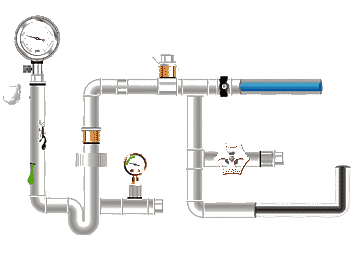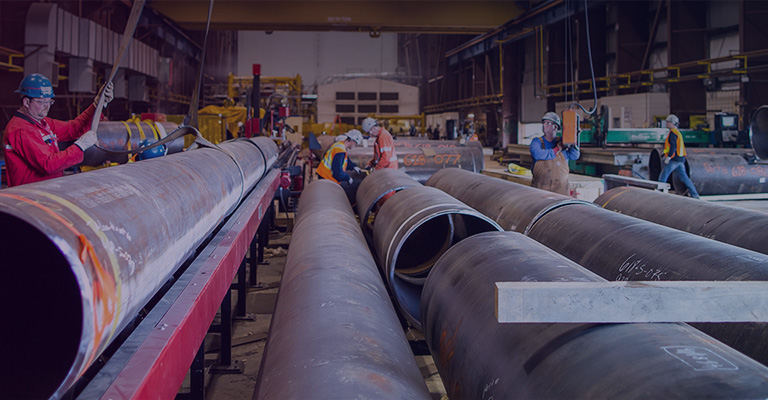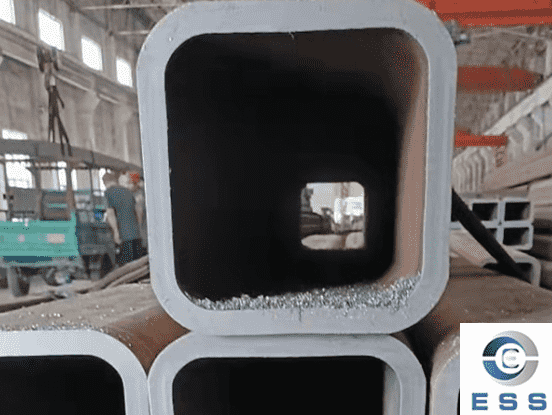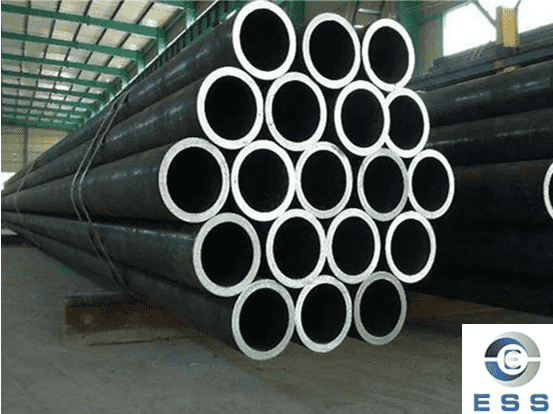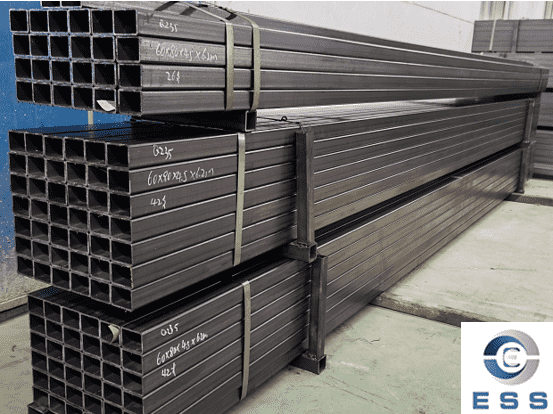Mild
steel tube is one type of carbon
steel pipe, which refers to a piping system made of steel with a carbon
content between 0.05% and 0.25%. Mild steel tubes generally
cannot be quenched directly. One of the reasons is poor hardenability.
Hardenability refers to the material
characteristics characterized by the depth of the quenching layer and hardness
distribution of the sample under specified conditions. It mainly depends on the
critical quenching cooling rate of the material. Hardenability refers to the
ability of steel to obtain the depth of the hardened layer during quenching,
and is an inherent property of the steel itself. Why does
mild steel tube have poor hardenability?
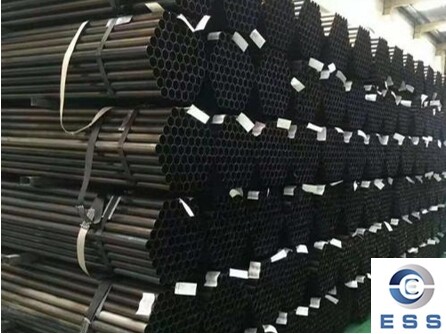
Reasons for poor hardenability of mild steel tubes
The main reason for the poor hardenability
of mild steel tubes is its low carbon content. The relatively low carbon
content in mild steel pipes helps improve their toughness and weldability, but
also reduces their hardenability. Carbon content is one of the key factors
affecting hardenability. The higher the carbon content, the better the
hardenability.
In addition, alloying elements also have a
significant impact on the hardenability of mild steel tubes. Alloying elements
can improve the structure of mild steel tubes and increase their strength and
toughness, but they may also reduce their hardenability. For example, certain
alloying elements such as aluminum (Al) and cobalt (Co) increase hardenability,
while other elements may decrease hardenability.
Methods to improve the hardenability of
mild steel tubes
1. Control carbon content
Carbon content is one of the key factors
affecting hardenability. Mild steel pipes generally have lower carbon content
and hardenability can be improved by increasing the carbon content.
2. Optimize the ratio of alloy elements
In addition to carbon, other alloying
elements such as chromium and manganese can enhance the hardenability of steel,
while elements such as molybdenum and nickel can reduce the hardenability.
Therefore, reasonable selection and proportioning of these alloy elements can
effectively improve the hardenability of mild steel tubes.
3. Increase the quenching cooling rate
The cooling rate during quenching directly
affects the hardenability. Hardenability can be improved by increasing the
cooling rate by changing the quenching medium (such as using water or oil) or
increasing the cooling capacity (such as using high-temperature quenching).
4. Reasonably control the quenching temperature
Quenching temperature also affects
hardenability. Generally speaking, the lower the quenching temperature, the
better the hardenability of the steel, but too low a temperature will increase
the hardness and make it easy to crack. Therefore, the appropriate quenching
temperature needs to be selected according to the specific situation.
Things to note about poor hardenability
Due to its good plasticity and toughness,
mild steel tubes are often used in situations where they need to withstand
shock and vibration. However, due to its poor hardenability, you need to pay
attention to the following points when using it:
1. Select the appropriate heat treatment process
According to the specific application
requirements of mild steel tubes, select an appropriate heat treatment process
to ensure that it can achieve the required mechanical properties during use.
2. Avoid excessive deformation and cracking
Due to poor hardenability, mild steel tubes
are prone to deformation and cracking during the quenching process, and
appropriate measures need to be taken to reduce the risk of deformation and
cracking.
3. Choose the
usage environment reasonably
In applications requiring high strength and
hardness, other types of steel pipe may need to be considered to ensure
effectiveness and safety.
Summary
To sum up, the poor hardenability of mild
steel tubes is mainly due to its low carbon content and the influence of
alloying elements. In practical applications, reasonable alloy element
selection and carbon content control need to be carried out according to
specific needs to optimize the performance of mild steel tubes. Colleagues need
to pay attention to choosing appropriate processes to avoid excessive
deformation.









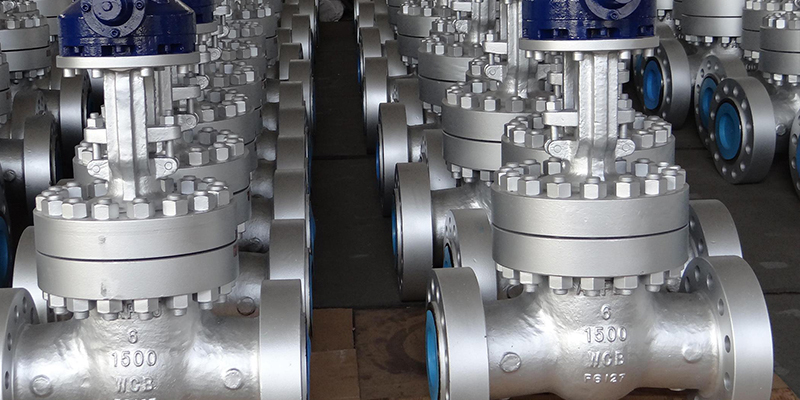
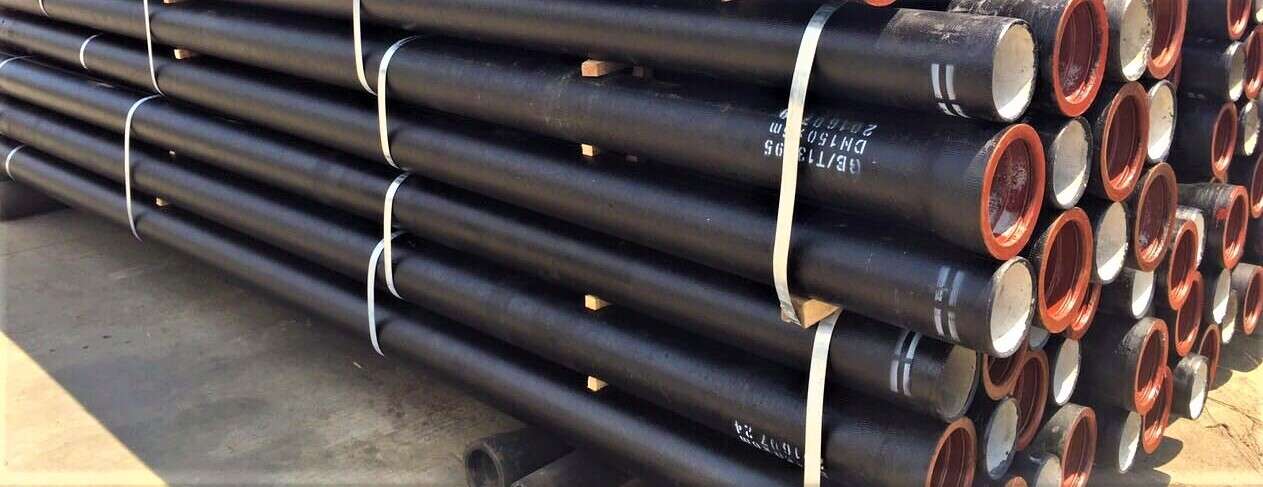


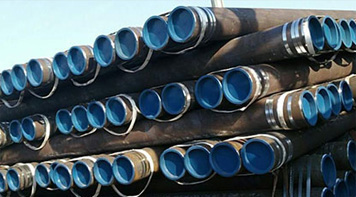 Eastern Steel Manufacturing Co.,Ltd not only improve product production and sales services, but also provide additional value-added services. As long as you need, we can complete your specific needs together.
Eastern Steel Manufacturing Co.,Ltd not only improve product production and sales services, but also provide additional value-added services. As long as you need, we can complete your specific needs together.
